Burgers are beloved for their balance—juicy meat, fluffy buns, fresh toppings, and of course, the creamy melt of cheese that ties it all together. While most people default to classics like cheddar, Swiss, or American, the temptation to get creative can lead to some truly unfortunate choices. Not every cheese is built for the heat and heft of a proper burger.
Experimenting in the kitchen is exciting, but when it comes to burgers, not all cheeses cooperate with the grill or the grill master’s intentions. Some cheeses don’t melt well, others overpower the flavor of the meat, and a few simply create a texture mismatch that can throw off the entire bite. Even high-quality or gourmet cheeses can ruin a burger when they don’t integrate with its ingredients.
To save your next cookout from culinary chaos, we’re breaking down nine cheeses that just don’t belong on a burger—no matter how fancy, flavorful, or unexpected they may seem. Whether it’s a melting issue, a flavor clash, or a textural disconnect, these cheeses are best left off the patty.
1. Feta
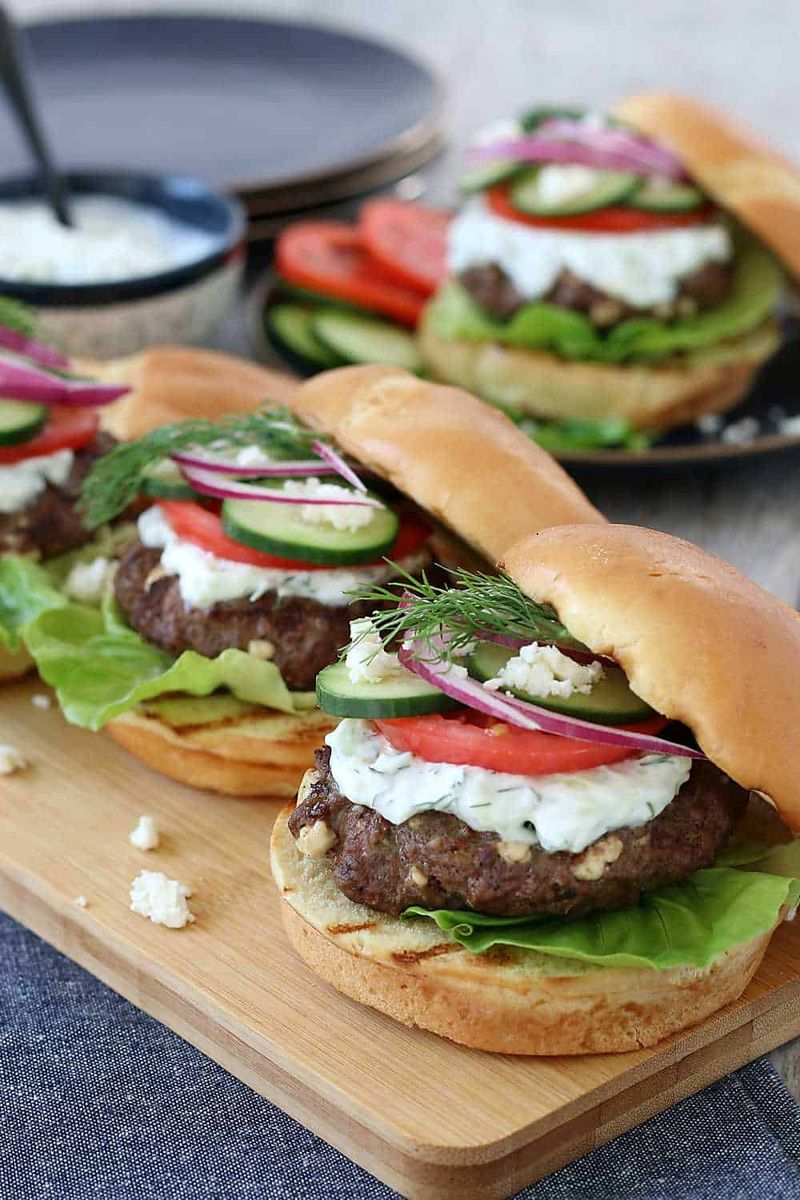
Feta cheese belongs on Mediterranean salads, not your juicy burger. The Greek staple’s dry, crumbly texture means it tumbles off your patty with the first bite, creating more of a mess than a flavor enhancement. Beyond the practical issues, feta’s intense saltiness can completely overpower the savory beef flavor you’re trying to enjoy. The tangy profile that makes it perfect for spinach pies clashes awkwardly with typical burger condiments like ketchup and mustard. Temperature is another problem – feta doesn’t soften pleasingly when heated. Instead of that satisfying cheese pull we all crave, you get warm, still-crumbly cheese that maintains its shape rather than melting into the meat.
2. Blue Cheese
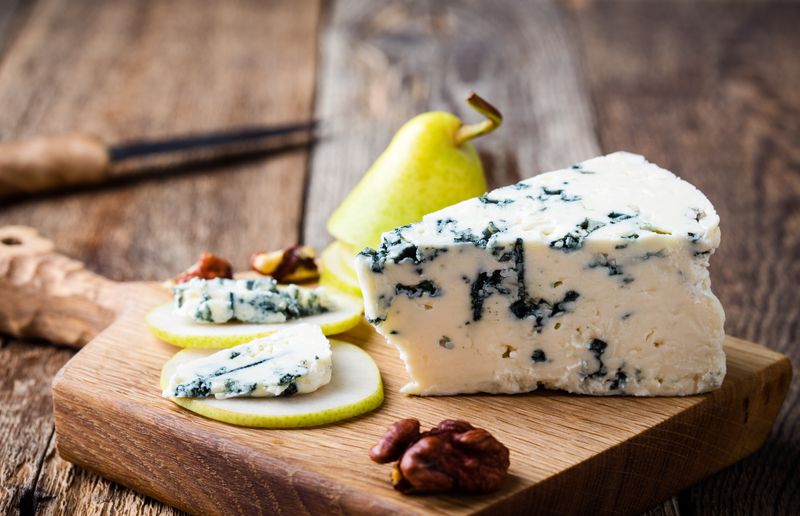
Blue cheese arrives at your burger party like that friend who talks too loudly and dominates every conversation. Its strong, pungent personality completely overwhelms the beef patty, leaving little room for other flavors to shine through. The signature blue veins pack such an intense punch that even burger toppings like bacon and caramelized onions struggle to be noticed. Many diners find themselves tasting nothing but blue cheese with each bite, defeating the purpose of a well-balanced burger experience. Temperature changes don’t help either. When warmed, blue cheese becomes even more aromatic and assertive, releasing those distinctive moldy notes that can be off-putting to many. Unless you’re specifically craving a blue cheese-forward meal, this polarizing option is best left for wings.
3. Brie
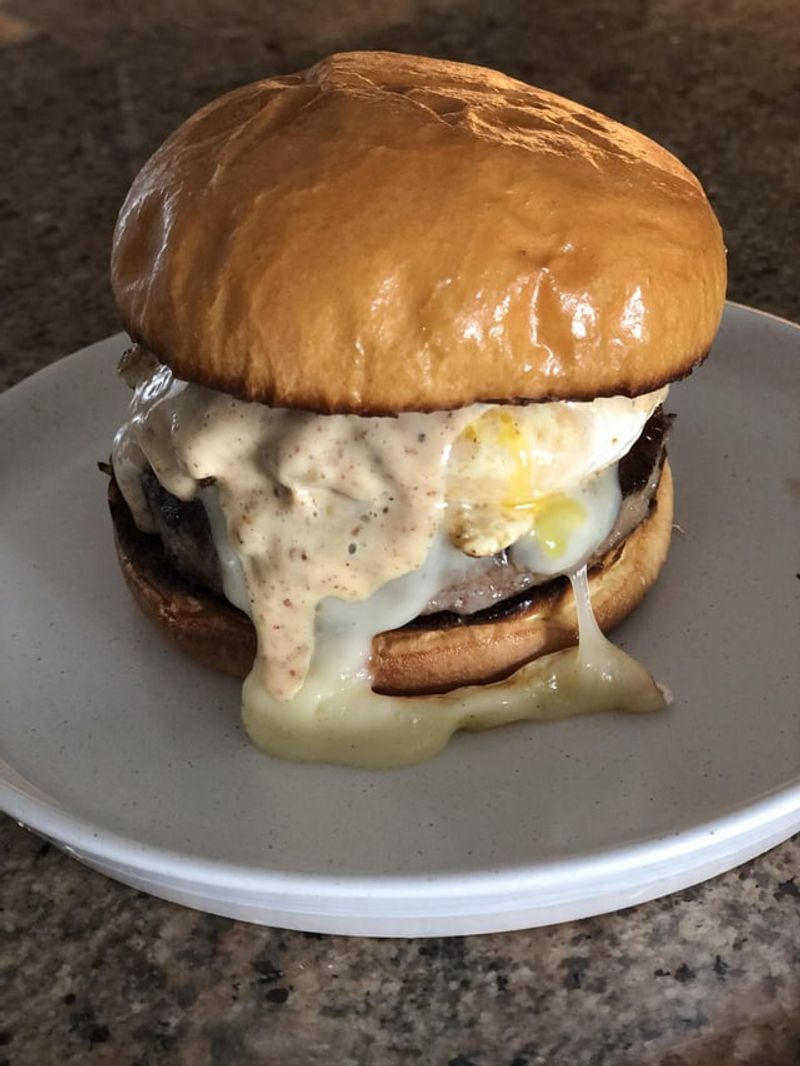
Brie might be the star of your cheese board, but it causes nothing but trouble on a hot burger. This fancy French cheese has a delicate rind containing a center that transforms into something resembling molten lava when heated. The moment your teeth sink into that burger, the brie makes a dramatic escape, oozing out from all sides and likely ending up on your plate, lap, or shirt. Its subtle, buttery flavor also gets completely lost against the robust taste of beef and typical burger seasonings. The temperature contrast creates another problem – brie goes from pleasantly warm to congealed and waxy as your burger cools. What starts as too runny quickly becomes unappealingly firm, giving you the worst of both worlds throughout your meal.
4. Camembert
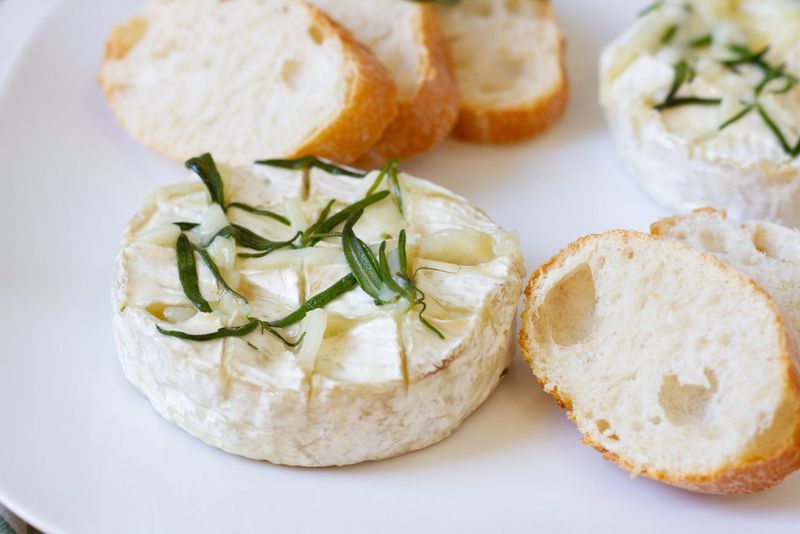
Camembert brings all of brie’s structural problems to your burger while adding an even more pronounced earthy flavor profile. This French cheese’s distinctive mushroomy, almost barnyard-like taste creates a bizarre flavor combination when paired with classic burger ingredients. The creamy center becomes impossibly messy when heated, transforming into a slippery substance that makes your burger nearly impossible to hold together. Your carefully constructed sandwich quickly devolves into a fork-and-knife affair as the Camembert refuses to stay put. Its strong aroma also becomes significantly more pronounced when warm, creating an overpowering scent that might have your dining companions moving to another table. Save this sophisticated cheese for a proper cheese board where its complex flavors can be properly appreciated.
5. Gorgonzola

Gorgonzola takes blue cheese’s already problematic intensity and cranks it up several notches. This Italian powerhouse delivers a flavor punch that knocks out every other ingredient in your burger, leaving your taste buds reeling from its sharp, spicy, and sometimes almost ammonia-like notes. The texture creates additional issues – depending on the variety, gorgonzola can be either too crumbly (dolce) or too pasty (piccante). Neither option provides that ideal cheese consistency that hugs your patty and creates a harmonious bite. While some gourmet burger recipes might call for a small amount of gorgonzola as an accent, using it as your primary cheese is like using a sledgehammer to hang a picture – far too much firepower for the job at hand. Even dedicated cheese lovers often find its presence on a burger simply overwhelming.
6. Goat Cheese
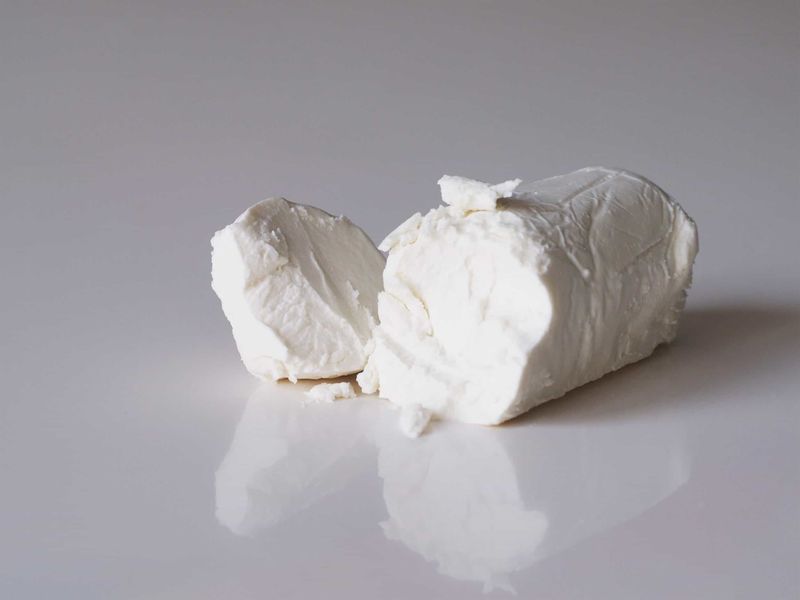
Goat cheese might work wonders on a salad, but it creates multiple problems on your burger. Fresh chèvre stubbornly refuses to melt, instead warming up while maintaining its original shape and crumbly-yet-creamy texture that smears rather than oozes. The distinctive tangy flavor that makes goat cheese special becomes a liability when paired with beef. Its pronounced acidic notes fight against the savory richness of the meat instead of complementing it. Add typical condiments like ketchup or BBQ sauce, and you’ve created a flavor clash of epic proportions. Temperature sensitivity creates another issue – goat cheese can separate when heated too quickly, sometimes resulting in an oily, grainy mess rather than the creamy texture you’d expect. Your previously appetizing burger suddenly looks like it’s suffered some kind of cheese-related meltdown.
7. Paneer
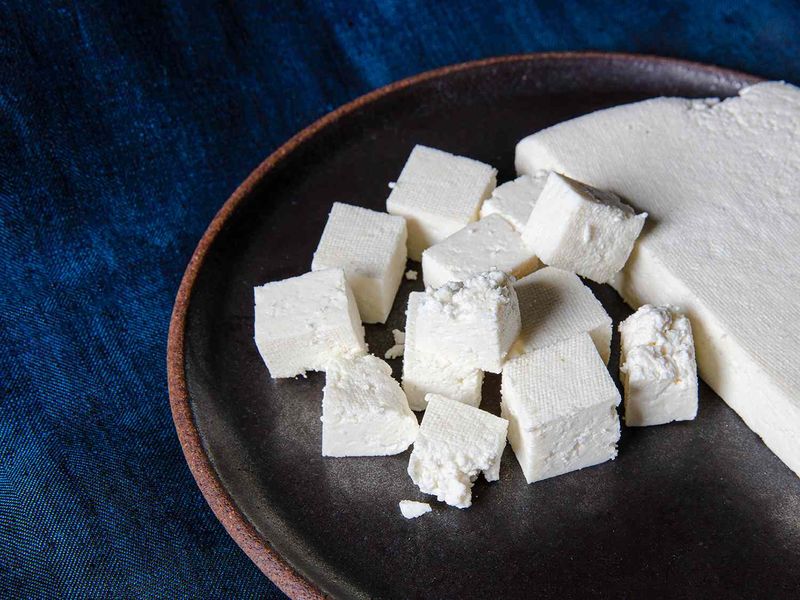
Paneer creates the opposite problem of most cheeses on this list – instead of overwhelming your burger, it contributes almost nothing. This Indian cheese maintains its shape when heated, refusing to melt or integrate with the other ingredients. The mild flavor borders on bland when paired with a well-seasoned beef patty. Biting into chunks of paneer feels like hitting flavorless speed bumps in your otherwise delicious burger journey. Its dense, squeaky texture also contrasts awkwardly with the tender meat and soft bun. While paneer excels in dishes where it can absorb curries and spices, it remains stubbornly neutral on a burger. The cheese stays separate from the other components both physically and flavor-wise, creating a disconnected eating experience that leaves you wondering why you bothered adding it in the first place.
8. Gruyère
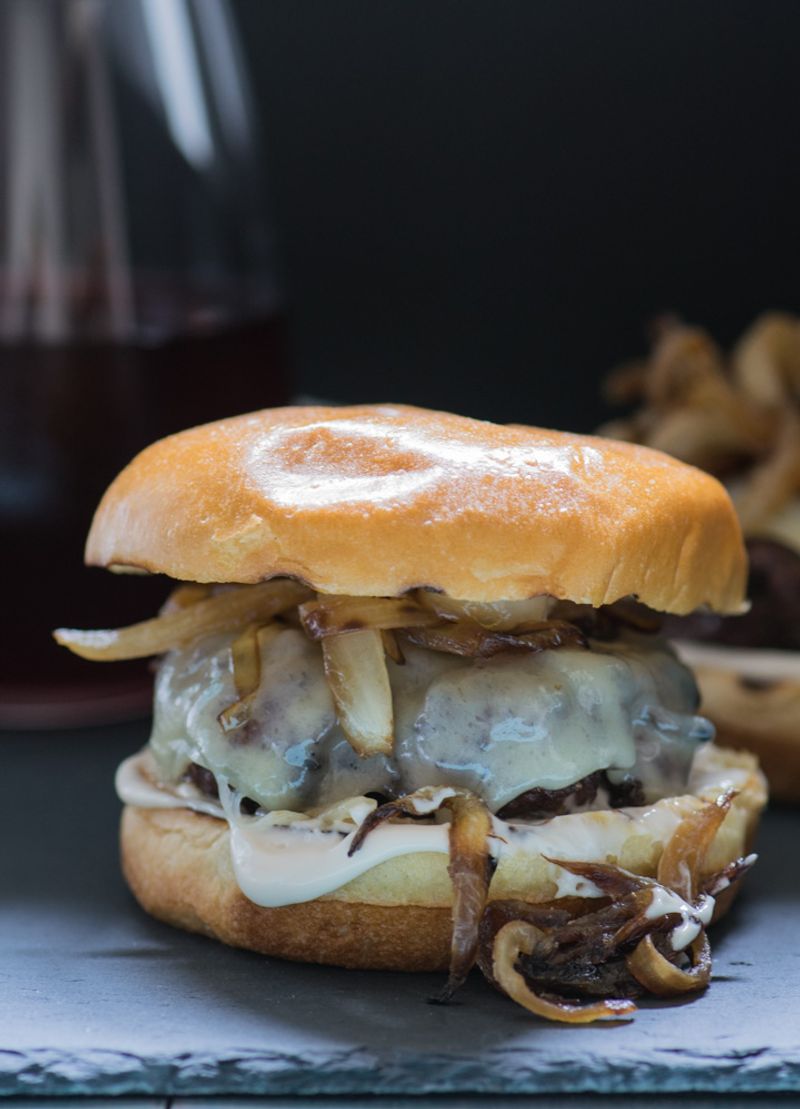
Gruyère might be the perfect cheese for your fancy French onion soup, but it creates a confusing flavor profile on an all-American burger. This Swiss cheese brings complex nutty, earthy notes that feel strangely out of place alongside traditional burger toppings like pickles and lettuce. The texture can also be problematic – gruyère doesn’t melt as smoothly as American or cheddar, sometimes becoming stringy or even slightly greasy when heated. Its robust flavor competes with rather than complements the beef, creating a disjointed taste experience. Temperature sensitivity adds another challenge – gruyère can quickly go from perfectly melted to hardened as your burger cools. What starts as an acceptable texture can transform into something reminiscent of cooled candle wax by the time you’re halfway through your meal, leaving you with a less-than-ideal dining experience.
9. Cotija
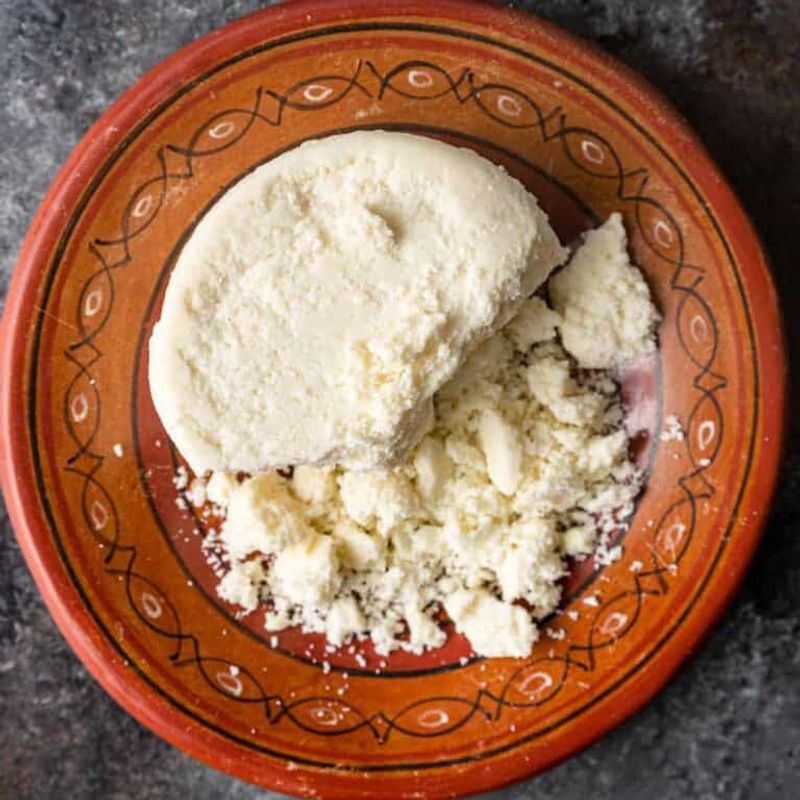
Cotija cheese might elevate your street corn, but it creates nothing but problems on your burger. This Mexican cheese remains stubbornly crumbly and dry even when heated, resembling a pile of salty cheese dust rather than the melty goodness burger dreams are made of. The intense saltiness of cotija can completely throw off your burger’s flavor balance. One bite might taste perfectly seasoned, while the next hits you with an overwhelming salt bomb depending on how the crumbles have distributed themselves across your patty. Cotija’s firm, granular texture also creates a strange mouthfeel contradiction when paired with juicy beef and soft buns. The cheese refuses to integrate with the other ingredients, instead maintaining its separate identity and making each bite feel disjointed. Save this cheese for its rightful place garnishing Mexican dishes where its distinctive properties shine.
Leave a comment